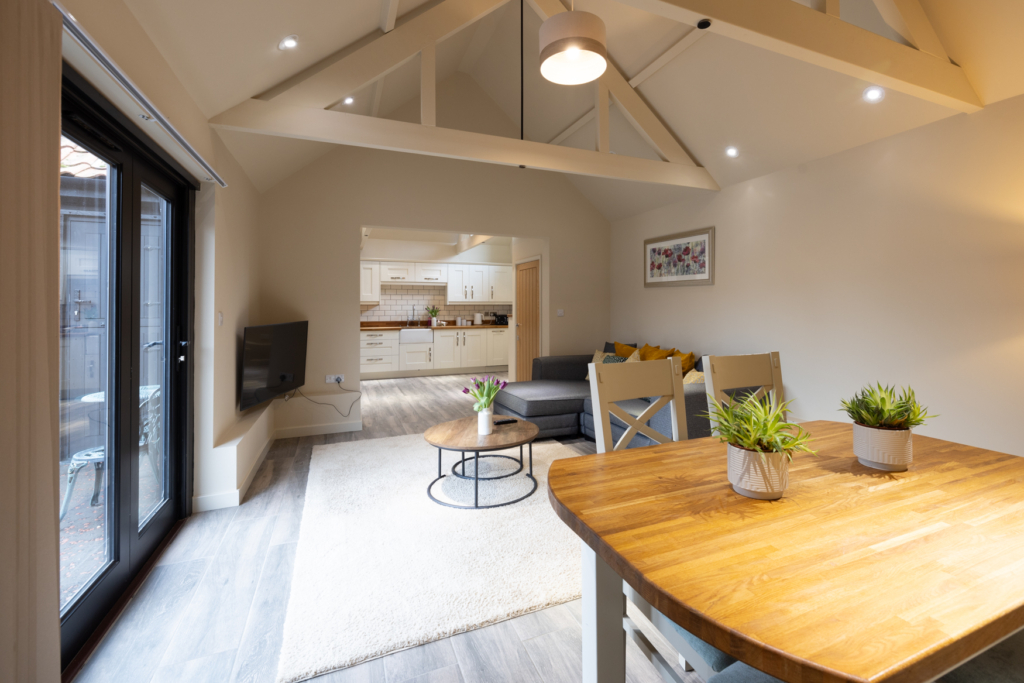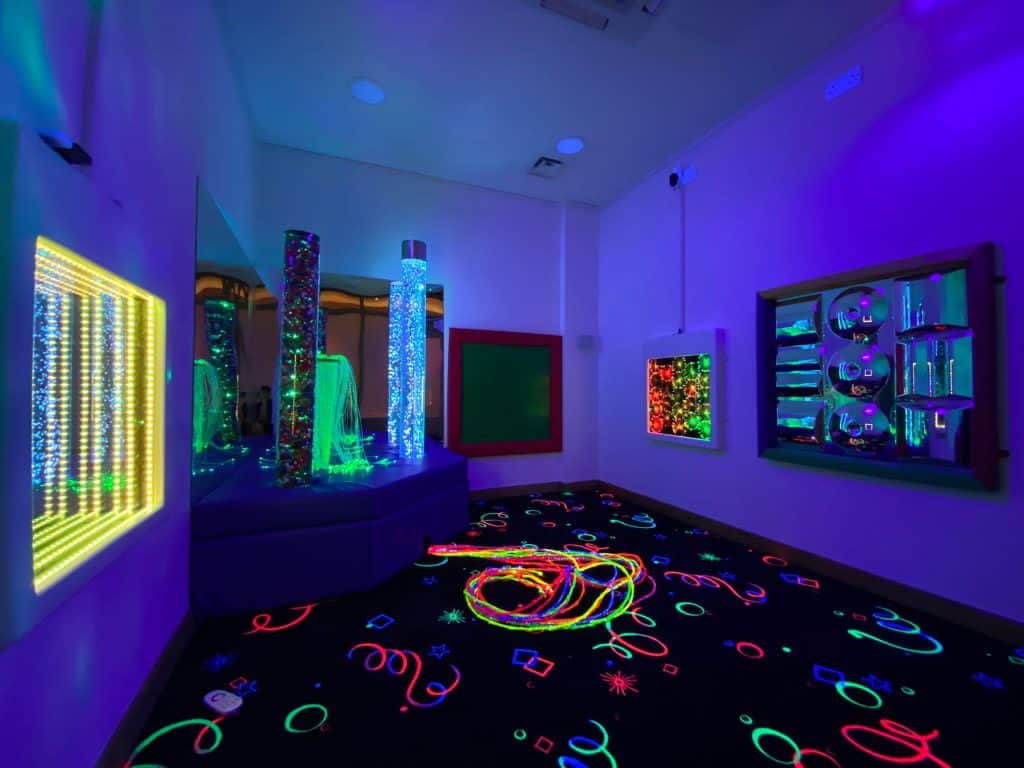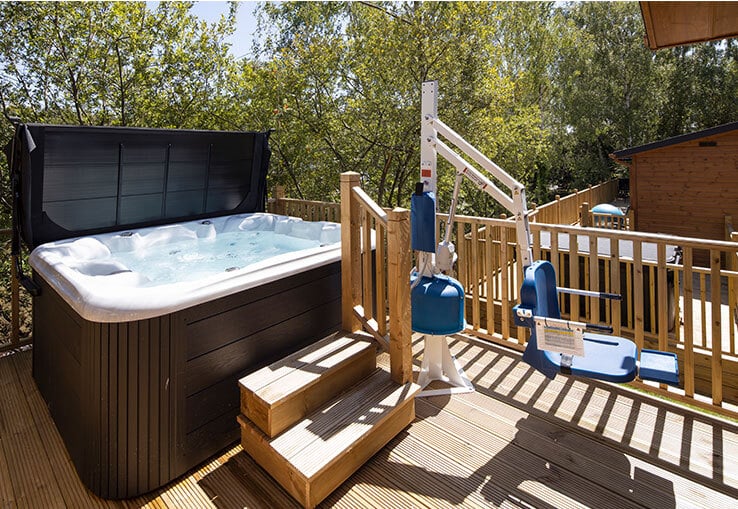Exploring Accessibility: What Makes a Property Accessible?
In our journey towards creating inclusive spaces, one question looms large: What makes a property accessible? The answer is as diverse as the people who inhabit these spaces. Accessibility isn’t a one-size-fits-all concept; rather, it’s a spectrum of needs and considerations.
First and foremost, it’s important to understand why accessibility in a property matters. It’s not just about ticking boxes; it’s about ensuring that everyone, regardless of their physical abilities or cognitive differences, can navigate and enjoy a space with ease. Recognizing that each person’s needs are unique is the cornerstone of creating truly accessible environments.
What makes a property accessible for those with mobility needs?
For those with mobility challenges, certain features are important to ensure a property meets their needs. Level access or ramps provide crucial pathways for wheelchair users, while step-free entryways eliminate barriers to entry around the property. In multi-level properties, having a ground-floor bedroom with an accessible bathroom nearby, or even better, an accessible ensuite ensures that individuals with mobility issues can navigate their living space comfortably. An accessible bathroom should include features like wheel-under wash basins, transfer space beside the toilet, step-free showers with ample room for a shower chair, and strategically placed handrails for added support. Additionally, kitchen amenities at accessible heights further enhance independence and usability for individuals with mobility impairments.
It’s not all about the equipment you can improve accessibility around your property just by having space, making pathways throughout the area to fit a wheelchair creates improvement such as space beside the bed and seating that allows for easy transfer or maybe free-standing seating around the dining table to allow for meals together for those who aren’t able to transfer out of a wheelchair without equipment, there are things you can do as property owners that don’t cost a penny and yet to the guests it could mean the world.

What makes a property accessible for those with SEN needs?
For those with sensory processing needs or other cognitive differences, different considerations come into play. Dimmable or color-changing lights can create environments conducive to comfort and relaxation, while sensory items like fiddle toys, weighted blankets, and plush teddies provide comfort and stimulation. Practical elements like plastic tableware can also make a significant difference in facilitating independent living for individuals with SEN (Special Educational Needs).

How can we go above and beyond to make the world more accessible?
While we’ve looked into the essentials of making a property inclusive, there’s always room to do more, for those seeking to improve accessibility, looking into specialized equipment truly becomes paramount. Items like hoists, profiling beds, riser recliner chairs, and rise-and-fall kitchen countertops can significantly enhance the quality of life for guests with specific mobility requirements. Bathroom aids and other adaptive tools further cater to diverse needs. If you’re considering improvements to your property, consulting with specialists like HWB Mobility can provide invaluable guidance on selecting equipment tailored to both your property’s layout and the unique needs of your guests.
In conclusion, as we strive to make properties more inclusive, engaging in conversation and sharing ideas is essential. What features do you believe make a property truly accessible and inclusive? Your insights and suggestions are invaluable in shaping the future of accessible design. Share your thoughts in the comments below, and let’s continue the conversation toward a more inclusive world.

